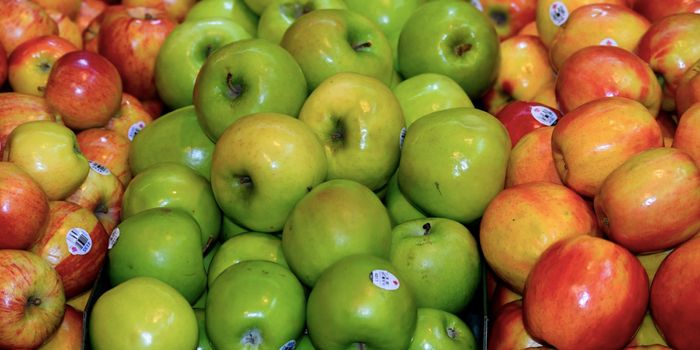Making the Most of Spatial Transcriptomics Data with SPICEMIX
Cell function and identity depend on when and where genes are expressed in a cell. The same types of cells have the same gene expression patterns in tissues, and understanding those patterns can help us learn more about biology and disease. With spatial transcriptomics, researchers can identify the location of active genes in the cells that compose whole tissue samples, giving scientists an unprecedented look at cell and tissue function. But powerful computational tools are needed to handle the large amounts of data that are created with spatial transcriptomic techniques.
Researchers have now created a machine learning method, called SPICEMIX, to analyze spatial transcriptomic data. With SPICEMIX, investigators can decipher the influence that spatial patterns can have on gene expression in tissues. The technique utilizes spatial metagenes, which are gene groups that can be linked to certain biological processes, and may appear as patterns in tissue that could be smooth, or scattered. The work has been reported in Nature Genetics.
In this study, the scientists applied SPICEMIX to parts of the mouse and human brains to assess cell types and gene expression patterns in various regions of those brains.
"We were inspired by cooking when we chose the name," said first study author Benjamin Chidester, a project scientist at Carnegie Mellon University. "You can make all sorts of different flavors with the same set of spices. Cells may work in a similar way. They may use a common set of biological processes, but the specific combination they use gives them their unique identity."
SPICEMIX was able to reveal spatial patterns among the brain's cell types with more accuracy than previous methods, the researchers said. Novel expression patterns were also identified with spatial metagenes.
Spatial transcriptomics is a rapidly expanding field, and SPICEMIX can help scientists use their data efficiently.
"Our method has the potential to advance spatial transcriptomics research and contribute to a deeper understanding of both basic biology and disease progression in complex tissues," said study leader Jian Ma, a Professor at Carnegie Mellon University.
Sources: Carnegie Mellon University, Nature Genetics









